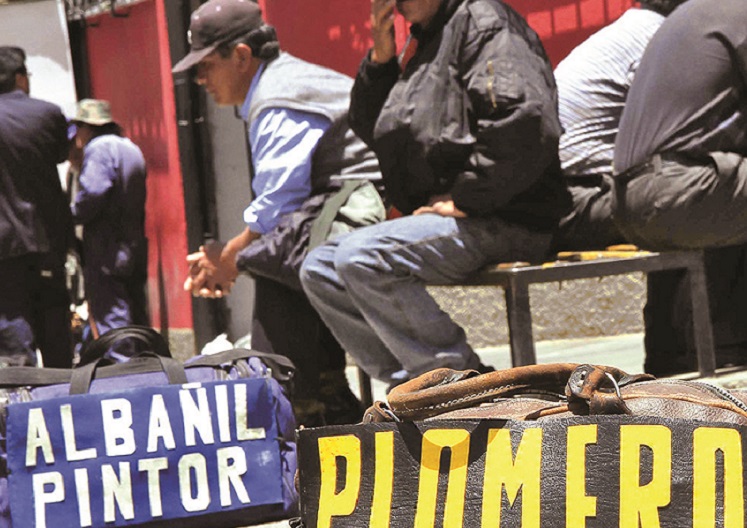RIO DE JANEIRO, BRAZIL – On March 29, Bolivia’s Economy and Public Finance Minister, Marcelo Montenegro, informed that unemployment in Bolivia was reduced to 5.4% in 2021. During the pandemic, this indicator reached 11.6%.
“The unemployment rate as of December 2021 is at 5.4%. The rate of activity and participation in the labor market also increased significantly (72%),” said the authority after signing the 2022 Financial Fiscal Program with the Central Bank of Bolivia (BCB).
For labor researcher Bruno Rojas, “the data is partial and does not contribute to knowing to what extent the labor situation in the country is changing”.

“The drop in the unemployment rate is due to a greater occupation of the population in the informal sector with precarious jobs, more underemployment, and greater generation of precarious and very precarious labor sources,” he said.
“Before the pandemic, 91% of the urban employed population had precarious jobs, and 62% had very precarious jobs. With the pandemic, these certainly increased, and the economic reactivation contributes little or nothing to overcome the high rates of precarious employment,” he added.
Rojas pointed out that the National Institute of Statistics (INE) and the Government must make transparent information on unemployment, underemployment, informality, and labor precariousness, “which are the central problems of the labor situation”.
During the signing of the agreement with the BCB, Montenegro highlighted “the important role that economic policy plays in the economy, the incentives given by the State to the private sector and the elements of resource injection into the economy. “It is not easy to rebuild an economy,” he stressed.
The Fiscal Financial Program 2022 establishes a Gross Domestic Product (GDP) growth of 5.1%, an end of period inflation of around 3.3%, a fiscal deficit of approximately 8.5%, and a positive variation of net international reserves (NIR) of US$448 million.

